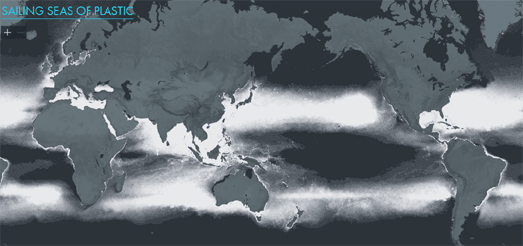Сообщения
Сообщения за январь, 2015
Maps Styles for Maps
- Получить ссылку
- X
- Электронная почта
- Другие приложения
Global Search Trends
- Получить ссылку
- X
- Электронная почта
- Другие приложения
Mapping Space & TIme
- Получить ссылку
- X
- Электронная почта
- Другие приложения
Oil Flares Seen from Space
- Получить ссылку
- X
- Электронная почта
- Другие приложения
Rabbie Burns' Tours of Scotland
- Получить ссылку
- X
- Электронная почта
- Другие приложения
Punk Mapping
- Получить ссылку
- X
- Электронная почта
- Другие приложения
The Map Poster Maker
- Получить ссылку
- X
- Электронная почта
- Другие приложения
White Water Street View Ride
- Получить ссылку
- X
- Электронная почта
- Другие приложения
The OpenToiletMap
- Получить ссылку
- X
- Электронная почта
- Другие приложения
The Pee to Pee Network Map
- Получить ссылку
- X
- Электронная почта
- Другие приложения
Mapping All the Words
- Получить ссылку
- X
- Электронная почта
- Другие приложения
Owning Oakland
- Получить ссылку
- X
- Электронная почта
- Другие приложения
The Giant 2015 Parisian Geoglyph
- Получить ссылку
- X
- Электронная почта
- Другие приложения
Mapping Attacks on Journalists in Afghanistan
- Получить ссылку
- X
- Электронная почта
- Другие приложения
Snowmeggedon Maps
- Получить ссылку
- X
- Электронная почта
- Другие приложения
Mapping Auschwitz
- Получить ссылку
- X
- Электронная почта
- Другие приложения
1950's Birds Eye View
- Получить ссылку
- X
- Электронная почта
- Другие приложения
The Landsat Download Map
- Получить ссылку
- X
- Электронная почта
- Другие приложения
The World Flag Map
- Получить ссылку
- X
- Электронная почта
- Другие приложения
Mapping Traffic Density
- Получить ссылку
- X
- Электронная почта
- Другие приложения
2004 Tsunami - Then & Now
- Получить ссылку
- X
- Электронная почта
- Другие приложения
Maps of the Week
- Получить ссылку
- X
- Электронная почта
- Другие приложения
The European River Map
- Получить ссылку
- X
- Электронная почта
- Другие приложения
How to Create Interactive Vintage Maps
- Получить ссылку
- X
- Электронная почта
- Другие приложения
Dynamic Driving Directions with Turf
- Получить ссылку
- X
- Электронная почта
- Другие приложения
Mapping Olde New York
- Получить ссылку
- X
- Электронная почта
- Другие приложения
The Road Less Traveled on Google Maps
- Получить ссылку
- X
- Электронная почта
- Другие приложения
Our Polluted Seas
- Получить ссылку
- X
- Электронная почта
- Другие приложения
Witness Killings Mapped
- Получить ссылку
- X
- Электронная почта
- Другие приложения
Global Anti-Semitism Mapped
- Получить ссылку
- X
- Электронная почта
- Другие приложения
Battleground Britain
- Получить ссылку
- X
- Электронная почта
- Другие приложения
Maps for Photographers
- Получить ссылку
- X
- Электронная почта
- Другие приложения































